Extremadura, an unknown region of Spain, is an authentic and beautiful region. Here's a list of things to do and see in four days!
Province of Spain to Andalusia and backed up in Portugal, Extremadura is blocked by the French public for the benefit of Barcelona , Seville or Grenada . Yet it contains an incredible historical, agricultural, natural, architectural and cultural heritage. Visiting the Estremadure invites you to a wandering along the Via de la Plata, discovering the mirific treasures of this region: its historic cities (Plasencia, Cáceres, Mérida, Zafra), its monuments classified to the UNESCO world heritage, its culinary richness – the Iberian ham produced in the dehesa or gaspacho of cherrym
We traveled through the Extremadura with tourist guides as fun as friendly, multilingual professionals in love with the Extremadura, having the heart to share their knowledge with their audience. Here’s how to visit the Extremadura in four days.
ID card of the Extremadura
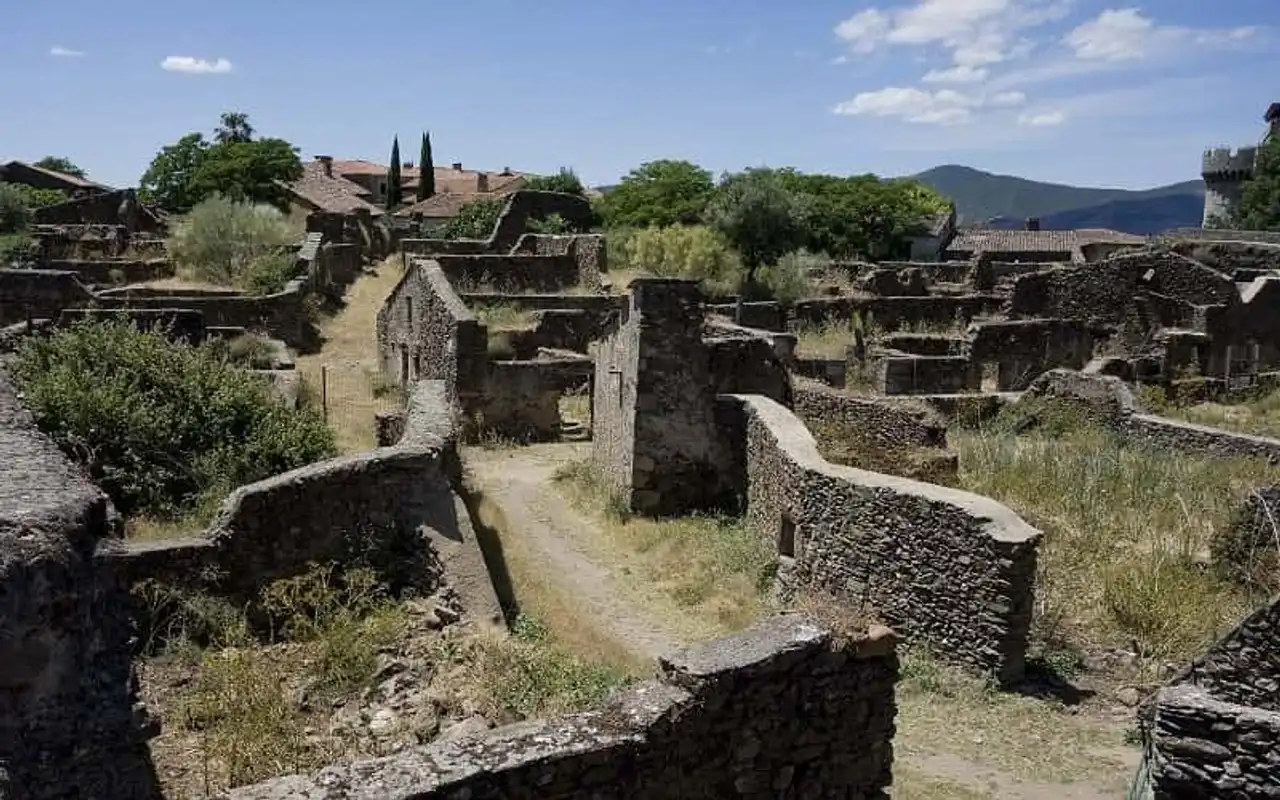
Photo credit: Flickr- tetedelart1855
Despite its wealth of invaluable value, Estremadure is the great forgotten French visitors: while 4.7 million French people visited Spain in 2017, only 41,033 of them came to visit the Extremadura in the same year.
Today populated by 1.1 million inhabitants for a population density of only 26 inhabitants per km2, the region stretches from north to south around historic urban nuclei (Plasencia, Cáceres, Mérida, Badajoz) and in the middle of large expanses of a preserved nature, a vast reserve of biosphere while being a real open-air museum, between past and present. The region is divided into two provinces: Cáceres in the north (Haute Estrémadure) and Badajoz in the south (Basse Estrémadure). Its capital – Mérida – is a high place of tourism in Spain due to the number of Roman vestiges present on its soil.
Although Extremadura is one of the poorest provinces in Spain, it produces most of the country’s cherries, exported to the European Union and competes with its Andalusian neighbour for other agricultural productions (figues, fisheries, asparagus and tomatoes). It is also its rurality that makes this region a land (again) preserved from mass tourism and that offers a bowl of pure air for a gourmet and relaxing holiday, quietly, under a generous sun all year round: the quintessence of well-being!
Day 1: The Jerte valley, the country of cherry

Freshly disembarked in Spain by the flight Paris CDG-Madrid operated by Air France, southwest direction: the famous Jerte valley, about 4 hours drive from the Spanish capital. Start with a small hike in the waterfalls and gorges of Las Nogaledas (Garganta de la Nogaledas), a natural jewel of the Jerte valley.
Not far, you can walk through the valley, which is full of white immaculate in the spring (April): the Jerte valley lives at the rhythm of its two million cherry trees, job seekers, and which envelop the white valley when the flowering comes. At the operator, discover the stages of production: hand harvesting, terrace crops, manual sorting by family companies, marketing, progressive transition to bio and combating international competition... It must be said that in the past it was olive, oak and chestnut that fed the region, before being detached by cherry. Today there are more than 200 varieties of bicentenary cherry trees in the valley. Finally, try a local culinary speciality, a floron of the region: the succulent gaspacho of cherries, a must for anyone who comes to visit the Extremadura.
Day 2: Garganta de Los Infiernos and Plasencia

On the second day, all the splendors of the Jerte Valley unfold. We leave in the early morning for Garganta de los Infiernos (Gorge des Enfers) in 4×4 for a hike, to take the height and admire the valley from above. Garganta de los Infiernos is a protected nature reserve, spread over 6,927 hectares. The reserve has many hiking trips. To make one of the best known, take the road to Los Pilones, a 3-kilometre path that allows access to natural pools wet with green turquoise water and lined with limestones: they are called the "masts of giants", a grandiose landscape as sumptuous as it reveals itself in the eyes of the hiker.
Finally, we will push until we offer a relaxing break to the Hotel Balneario Valle del Jerte , in Valdastillas: we've never felt so relaxed when we came out of this balneo complex, with swimming pool, sauna, hammam and massage in the program of joys. The city of Plasencia appears as an ideal drop point to finish a busy day. In Roman times, Plasencia held a prominent geostrategic position along the Via de la Plata. In particular, you will see the imposing New Cathedral of Plasencia (dating from 1498) – a monumental palace of Gothic, Baroque and Renaissance architectures -, the Plaza Mayor – with its bars and restaurants -, the center of neuralgic and the heart of the social activity of the old city.
Day 3: Cáceres and Mérida, Central Extremadura
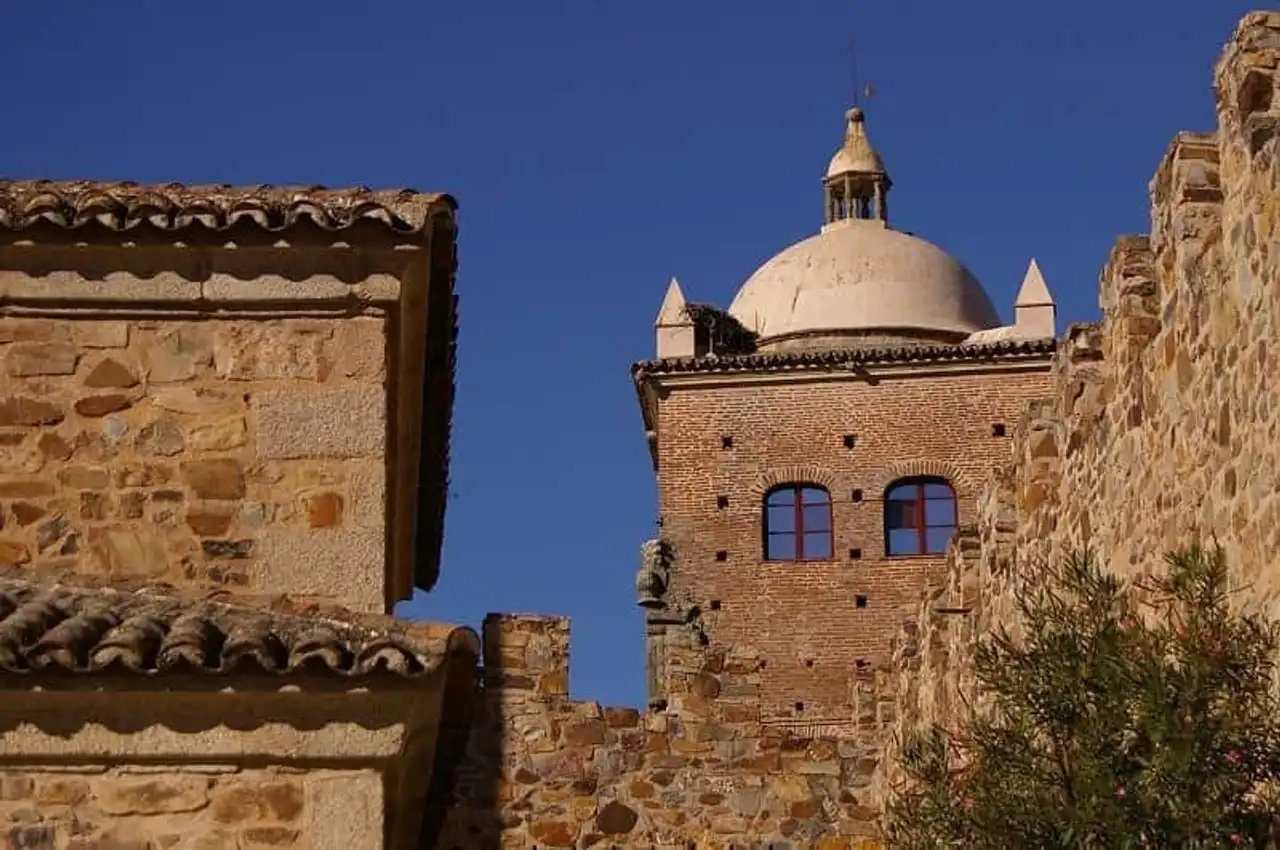
Visiting Extremadura is also discovering its artists who have marked the region, whether native or passing birds: the Vostell-Malpartida Museum, dedicated to the works of Wolf Vostell (1932-1998) – German artist – is located in the natural site of Los Barruecos in Malpartida de Cáceres. Wolf Vostell was the father of the European happening and pawning the artistic movement called Fluxus. The museum dedicated to its work houses sculptures, engravings, drawings, etc., and an exhibition of contemporary art retracing the commitments of the artist and his century (Guerre of Vietnam, Cold War, capitalism/socialism, mass consumption, technology, environmental causes, etc.). Not far, a visit to Cáceres is worth a visit.
Cáceres is the most populous city in Extremadura, with 95,688 inhabitants, and the largest city in Spain (1,750 km2). With its city centre classified as a UNESCO World Heritage Site since 1986, it is one of the last cities in the world where medieval and Renaissance buildings have been best preserved. Among the must-sees to visit Cáceres are the Cathedral of Santa Maria, the Palais de la Veletas, the Palais des Golfines, the House of the Sun, the Tower of Bujaco, the Tower of the Palacio de las cigüeñas and the Arch of the Star. Around the Plaza Mayor, the bars focus on getting out in the evening and getting into Spanish time.

Photo credit: Samuel Métairie
Take a half-day to visit the ancient city of Merida, including its Roman theatre (with a capacity of 16,000 places), its amphitheatre and the Temple built to honor the goddess Diane. Mérida was founded in 25 before our era by Octave Augustus, and became the capital of Roman Lusitania. Today it is the capital of Extremadura with 60,000 inhabitants. Many Roman remains in the state of unbelievable preservation make Merida, a UNESCO World Heritage Site, an open-air museum, a unique witness to the Roman presence in Europe. The history lovers will be subjugated by the imposing amphitheatre and by the pieces exhibited at the National Museum of Roman Art, a must for anyone who comes to visit Merida.
Day 4: Zafra and Southern Extremadura
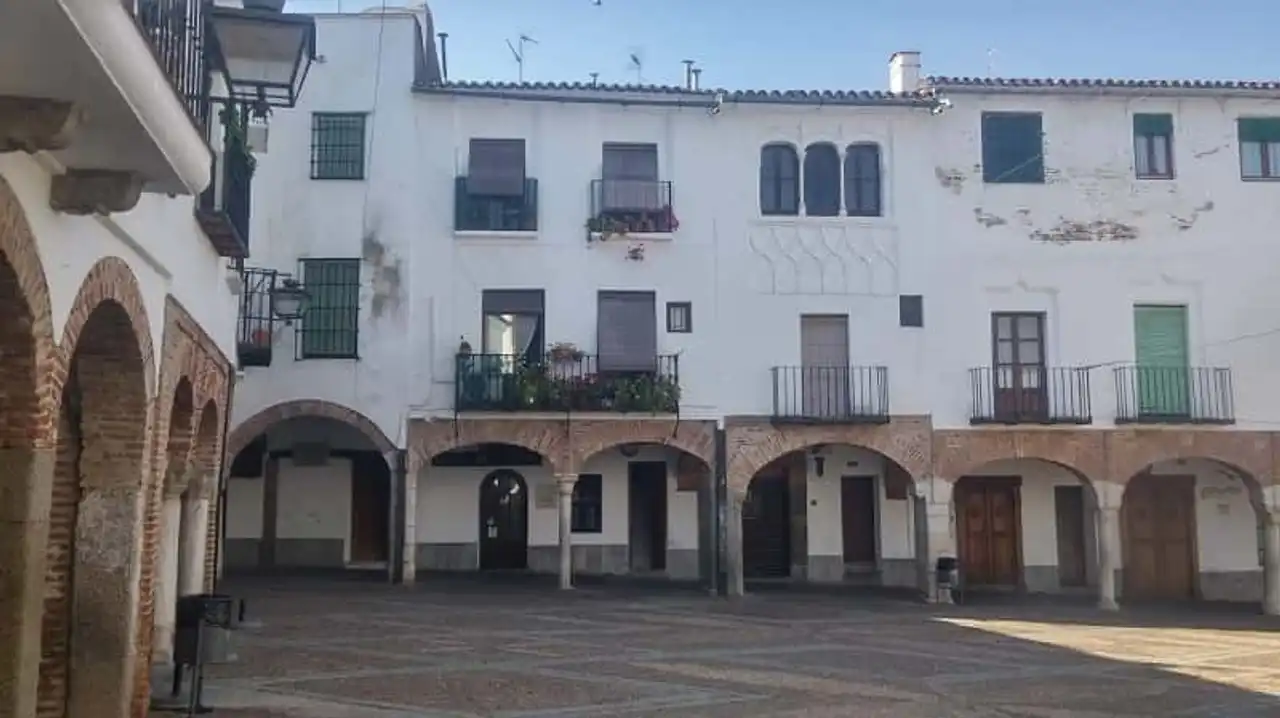
Photo credit: Samuel Métairie
We continue to descend south, to feel the colors of the Andalusia : Zafra, equidistance between Mérida and Andalusia (60 kilometers), is called the "small Seville". Founded by the Celtibères, extended by Caesar, it was taken by the Moors and then reconquered by King Ferdinand III of Castile in 1240. She developed in the Middle Ages, especially thanks to the ideal position she played along the Via de la Plata. It makes a good walk in the streets of the city, where you can admire the mauresque-style buildings. Don't miss Place Grande (Plaza Grande) and Plaza Chica (Petite Place), surrounded by houses with arcades and communicating between them. Before leaving Seville not far, for Paris, a last visit is required: that of a typical dehesa of the Estremadure, where the Iberian pork is raised to produce the famous Iberian Ham, the flower of the Estremègne gastronomy.
Where to sleep and where to eat in Estremudure?
Day 1 : 4 star hotel Hospedería Valle del Jerte , dinner at the restaurant "Fior del Cerezo". Day 2 : Night at night Hotel Parador de Plasencia and Dinner at the restaurant Carvajal Girón. Day 3 : Lunch at the hotel NH Collection Palacio de Oquendo and night at the hotel Mérida Palace (Mérida).
Main photo credit: Flickr – Hans Pohl
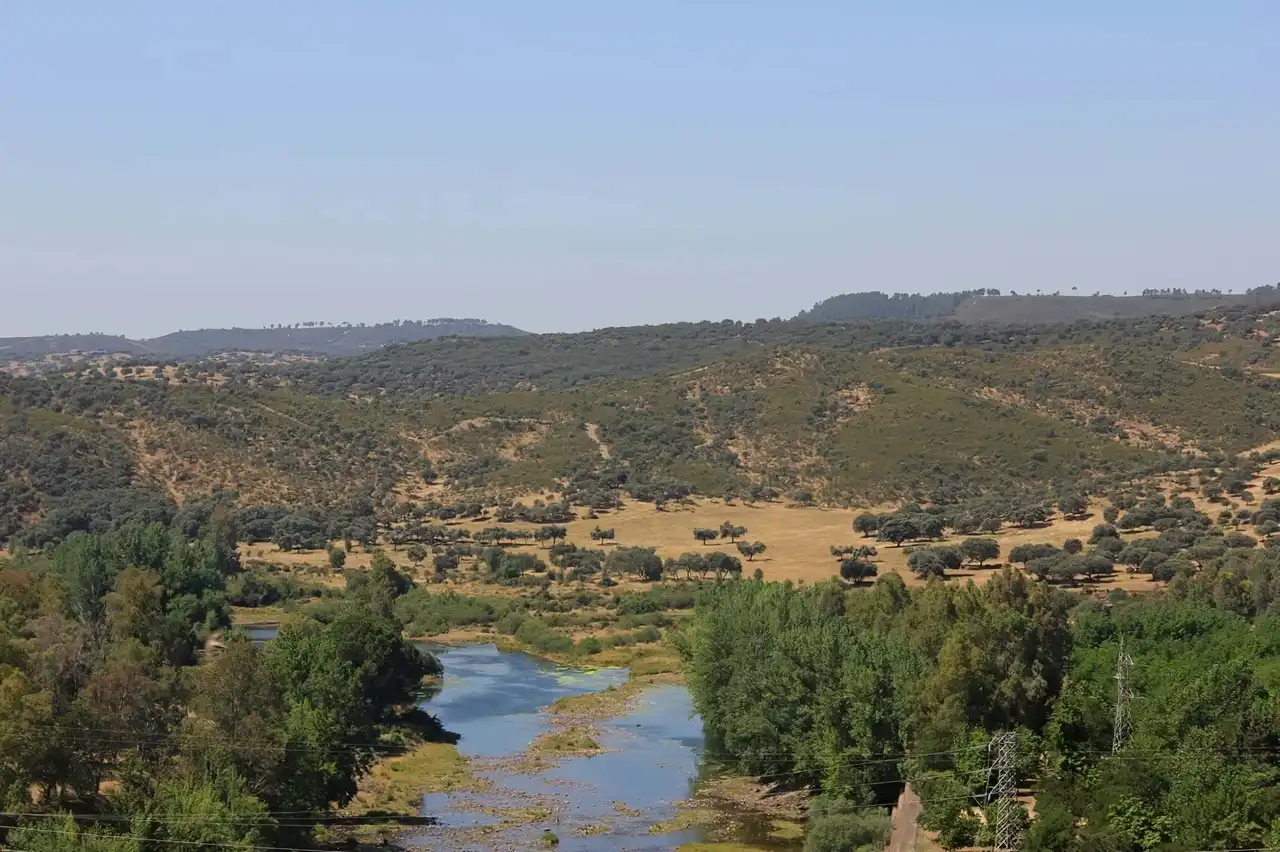




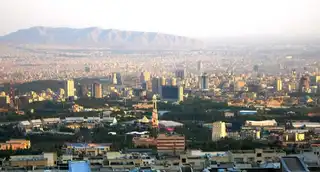
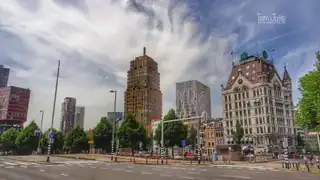

Loading comments ...